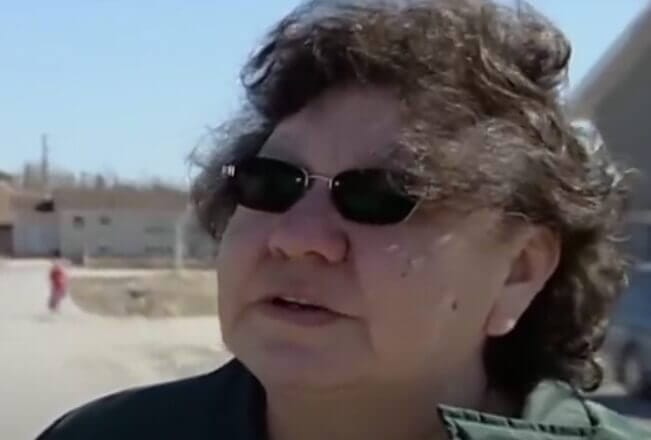Introduction
The rising addiction to prescription opioids has become a widespread crisis, affecting people across all social and economic backgrounds. Whether it starts with legitimate pain treatment or the misuse of illegally obtained medications, the consequences are deeply harmful to individuals, families, and entire communities. This raises critical questions: What are the consequences of making such powerful and addictive drugs easily accessible? How can we ensure people in pain receive the care they need while minimizing the risk of addiction? And how should we support those whose lives have been deeply affected by opioid misuse?
Watch Now!
After watching the following video, you are welcome to share your experience by providing a review of the resource.
Quotes
“Withdrawal is, when the drug disappears, they now feel what it’s like to have created a shutdown in their own pain -reducing mechanisms. Everything’s going to ache, you’re going to ache all over – you’re going to start having headaches, you’re going to have other things like anxiety, depression, you will just feel very agitated, on edge, restless.”
“I actually had one pharmacist asked me if I was weaning myself off of heroin and I got so mad. It was very difficult to deal with because everybody has this preconceived notion that if you’re addicted, then well, you must have been you must have liked taking it or something.”
“Many older people have no knowledge of medications. They were not brought up to the knowledge that people have today and another thing is [that] they put physicians on a pedestal and they are not God.”
“We have seen a rather dramatic increase in the prevalence rates of opiate dependency and opiate addiction within this community and within our region. Even two years ago, the rate of opiate dependency, in terms of folks that were coming for treatment was at about 10%, and even at that that time it was primarily your street drugs such as heroin. In the last two years, we’ve seen a dramatic shift toward prescription opiates and this is all age groups – youth, older adults, adults. The stats are now approaching 50% of the clients that are coming through our services are opiate dependent and struggling with opiate dependency.”

“Our job is to provide safe injection supplies to injection drug users in the city of Thunder Bay, also to provide harm reduction services for the entire community by picking up publicly discarded syringes, making sure that injection supplies are disposed of properly and to help reduce the spread of bloodborne diseases among the injection drug using population.”
DON YOUNG & RICK THOMPSON – SUPERIOR POINTS HARM REDUCTION PROGRAM
“Often times with doctors, GPs (general practitioners) who are very well-intentioned [who] want to help, and their first instinct is to cut the person off completely. They say, that’s it you get no more oxy’s that’ll cure your addiction. It doesn’t work that way. That often drives them to other sources to get the pills that they physically are craving for at that point … they actually need that pill to keep from getting sick. So when the doctors do that, as well intentioned as they may be, it just increases the drug trade on the street.“
“Their idea around chronic substance use or addictive behavior is coming at it from a moral point of view, instead of that the person has an illness that needs to be treated as an illness. Addiction has been around since the very first substance was ever introduced and it’s not going away. It needs to be looked at with less morality and more reality.”
“We used to have problems with prescription drugs, it was always there but it was very small. In the past year, year and a half, it just exploded. Kids from 14 to people that are in their 70s are addicted to this stuff on reserve now.”
“What I’m really concerned about is our children, our babies, they’re recognizing what they see at home.”
VERONICA WABOOSE – CHIEF, LONG LAKE #58

“The thing about methadone that’s special is it’s an ultra long-acting opioid. Methadone doesn’t cause a person to be high and it also prevents them from going into withdrawal, so they don’t have to worry about when they’re going to take their next dose or when they’re going to get their next dose. I can see changes in people very quickly after they start on the program. They come in to see me one or two weeks after starting and their faces are brighter, their mood is better.”
“Other treatment options include counselling, self-help groups like Narcotics Anonymous, detoxification programs, outpatient programs, tapering protocols, and maybe even going away to therapeutic communities, which take people in for six months or longer, where they really work on that person getting away from drugs.”
Continue Learning
Please view the following additional resources to continue learning about some of the topics discussed in this resource. If you have any suggestions, concerns or general comments, feel free to contact me as well!






